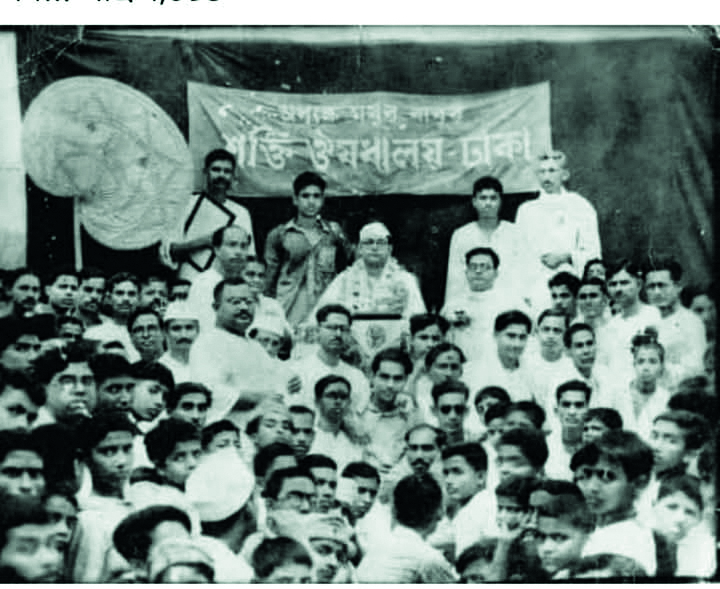When Netaji visited flood and famine-stricken regions of North Bengal

BALURGHAT: Iconic freedom fighter Netaji Subhas Chandra Bose’s visit to parts of North Bengal including Balurghat in the wake of a devastating flood and famine in 1922 and later in 1928 stands as a testament to his unwavering commitment towards the country and its people.
In 1922, catastrophic floods ravaged North Bengal, affecting over 1.5 million people across the Atreyee River basin. The Balurghat subdivision of undivided Dinajpur and Natore and Naogaon subdivisions of Rajshahi (present-day Bangladesh) were particularly hard hit. This disaster was followed by a famine in Dharmoirhat and Patnitala.
Netaji, accompanied by Dr Jatindra Nath Sengupta, visited these famine-stricken regions to provide relief and support. Under his guidance, the Bengal Relief Committee raised Rs 4 lakh to aid the affected population.
Years later, on May 26, 1928, Netaji arrived in Hili, then part of undivided Dinajpur, via the North Bengal Express. He received a warm reception at Hili railway station, now in Bangladesh, where he shared close ties with local zamindar Kumudnath Roy.
During his visit, he inspected the Sarada Bhavan Library and left a note in its visitors’ book. Prominent Congress leaders, including Pratap Chandra Majumdar and Nishith Kundu, accompanied him during this tour.
Netaji’s visit also highlighted the activities of the Bengal Volunteers in the region. In Balurghat, he stayed at the residence of Saroj Ranjan Chattopadhyay, a notable freedom fighter, and inaugurated the Congress Bhavan in Congress Para. Sadly, the building was later destroyed by a flood caused by the Atreyee River.
Historical accounts detail the severe famine in Balurghat, with reports in Prabasi, edited by Ramananda Chattopadhyay, noting cases of parents selling their children for food.
Historian Sumit Ghosh says: “Netaji’s visit to Dinajpur on May 26, 1928, and his efforts to connect with local leaders was significant. However, no tangible memories of his visit have been preserved in the region.”
Adding a personal note, Sushobhan Chattopadhyay, grandson of Saroj Ranjan Chattopadhyay, shared: “Netaji stayed at our home in 1928 and enjoyed an elaborate dinner with 52 dishes. Before departing for Hili, he requested duck curry, which my great-grandmother specially prepared.”



